15 Oldest and Most Beautiful Shipping Ports of the Maritime World
The oldest and most beautiful ports of the world serve as portals into the rich past of civilisations that built them for fostering trade, commerce, and cultural exchange with neighbouring empires, cementing diplomatic ties and expanding their maritime influence.
However, many of these historically significant ports are still in operation today, handling cargo and people. Most are popular tourist destinations, as they retain their age-old infrastructure, natural beauty and charm, which attracts lovers of art and architecture.
As the world progressed and the era of wars ended, ports were not only used for trade, fishing, and warfare but for leisure as well. Hence, emerged the cruising industry. Today, most of the historic ports of the Mediterranean, Far East and Asia welcome cruise ships. People can experience the joys of a sea trip while visiting a historic port city.
The world’s oldest ports blend the past with the present, the traditional with the modern. Join me on a fascinating journey as I uncover the stories and secrets of the world’s most ancient and breathtaking ports.
1. Port of Dubrovnik, Croatia
The history of Dubrovnik goes back to the 7th century when it was called Ragusa. Under the protection of the Byzantine Empire and later as a free state from the 14th to the 19th centuries, this historic port city grew tremendously due to flourishing maritime trade, leading to economic prosperity.
It was known for its wealth and skilled diplomacy, becoming a cradle of Croatian literature. One of the famous poets, Ivan Vidalic, even called it the ‘Crown of all Croatian Cities’.
It also became a part of the Napoleonic Kingdom of Italy and the Austrian Empire. During the Croatian War of Independence, it suffered from shelling; however, after repairs, it became one of the most visited destinations in the Mediterranean and also a popular location for filming, which boosted its economy.
The Dubrovnik Cruise Port is located near the historic Old Town. Visitors can easily access the ancient city walls, Stradun Street and Rector’s Palace from the port.
2. Port of Venice, Italy
Venice is a city that needs no introduction. It has always been an important centre of trade, commerce, culture, art and literature since the time of the Roman Empire. It also led to the development of the Venetian Republic in the Middle Ages. It expanded its influence during the Renaissance Period and continues to do so even today.
It was a renowned seaport in Medieval Europe and served as a link to Asia. Today, it is the most famous Italian Port in the Adriatic Sea and one of the oldest tourist and cultural centres in the world, with beautiful churches, museums, monuments and much more.
Venice Port covers 20,450,000 sq m with 30,000 m of quayside, 163 berths and 27 terminals catering to different cargo types. The Cruise terminals of Venice Port are beautiful, with Terminal 117 being the main cruise terminal for the port. It also welcomes superyachts and pleasure craft.
3. Byblos Port, Lebanon
Believed to be the world’s oldest port by the Lebanese, this ancient port was first inhabited more than 5000 years ago. It also emerged as a prominent religious centre and was colonised by the Phoenicians. Byblos is associated with the development of the Phoenician alphabet, and given its diverse history, it was declared a UNESCO Heritage Site in 1984.
In 3000 BC, it emerged as a major shipping centre of timber in the eastern Mediterranena region. The Phoenicians used it to ship the local wine, the Lebanese Cedars, and other kinds of wood to the Pharaohs of Ancient Egypt. This wood was used for constructing ships and in tomb building.
Byblos’s northwestern gate provides access to the harbour, which is circular and has many medieval and mamluk architectural features. It is one of the major attractions in the city, which overlooks seafood restaurants, bars, and cafes, Yachts enter the harbour as they once did in the 60s and 70s.
4. Grand Harbour, Malta
The Grand Harbour, also called the Port of Valletta, is a natural harbour in Malta and one of the oldest ports in the world, dating to prehistoric times. Megalithic remains were found on the shores of the Grand Harbour.
Per archaeologists, Kordin Temples, dating back to 3700 BC, overlooked the harbour once. Punic and Roman remains were also discovered.
Presently, the harbour has facilities for repairing ships, transhipment, drydocking, storage and warehousing. It has been a naval and commercial port offering various maritime services.
Apart from handling cargo, it welcomes around 420,000 cruise passengers, 200,000 ferry passengers, and 4,000 ships annually.
5. Port of Istanbul, Turkey
Once known as Byzantium and Constantinople, Istanbul is one of the busiest ports in Turkey. It deals with bulk cargo, containerised cargo, and general cargo and also has a cruise ship terminal.
It is located strategically, surrounded by the Sea of Marmara, the Black Sea, and the Bosphorus. The port city is densely populated and visited by millions yearly to see its architectural heritage, such as the Hagia Sophia and the Blue Mosque.
It has 21 berths and handles over 6 million metric tons of cargo annually. It was initially utilised by freighters, and in the 1980s, it began to accommodate cruise ships and passengers and even housed the Ford Factory from 1925 to 1945.
6. Port of Piraeus, Greece
Lying on the Saronic Gulf on the western coast of the Aegean Sea, the biggest port in Greece and one of the biggest in Europe. It served as the Port of Athens since ancient times and is presently owned by COSCO Shipping.
It comprises 3 areas: the Passenger Port, the Commerical Port and the Ship Repair Zone. It handles coal, oil, timber, industrial products, metal, fruits, tobacco, cotton, etc.
The container handling area has 3 terminals. There is also an automobile terminal and a cargo terminal. The Passenger Terminal is one of the largest in Europe, having 11 berths which welcome thousands of vessels annually.
The port handles approximately 11,706,200 tonnes of cargo, 513,400 TEU and 20,000 passengers annually.
7. Tianjin Port, China
Located about 160 km from Beijing, the Tianjin Port is the largest artificial facility and an important international port for China, boosting its maritime trade.
It evolved during the Tang Dynasty (618-907 AD); however, its history can be traced to the Han Dynasty (206 BC-220 AD). It was opened to the outside world in 1860 and became one of the earliest foreign trading ports in China. The current port was reconstructed in 1939.
Tianjin Port links over 400 ports in 180 countries. It has four operational areas and 140 berths, including 94 public berths to accommodate ships weighing between 50,000 and 300,000 DWT.
Cargoes handled include grains, fertilisers, petroleum products, pig iron, minerals, coal, coke, steel, etc. Approximately 45,000,000 tonnes of cargo, 11,500,00 TEU and over 72,000 cruise passengers are handled annually here.
8. Port of Gothenburg, Sweden
Located on the western coast of Sweden, Gothenburg Port dates back to the 1600s with the construction of a canal. However, it was after the Swedish East India Company was founded that the port began taking shape.
As ships grew bigger and maritime trade increased, berths were added to the facility in the 18th and 19th centuries.
Presently, two-thirds of the tonnage here consists of oil, handled at three terminals, one for crude oil whereas the other two handle small tankers, along with chemical and bunker vessels and LPG tankers. There are refineries as well.
It is also the central facility for liner shipping, with 30% of general cargo imports and exports being transit cargo to and from neighbouring nations.
The port remains open all year round and handles 41,300,000 tonnes of cargo, including 887,000 TEU and 1,700,000 passengers annually.
9. Port of Quebec, Canada
Quebec Port was one of the most crucial facilities in the world in the 19th century. It played a vital role in the development of Canada and the city. Over 1600 ships passed through the facility in 1863, carrying around 25000 sailors.
Quebec lies on the St.Lawrence River, 750 nautical miles from the Atlantic Ocean. It is connected to the Great Lakes and St.Lawrence Seaway and is also strategically located for trade with North European Ports.
Its facilities lie in four sectors, and it has 35 wharves along with a dedicated liquid bulk terminal and separate berths for handling chemicals, coal, grains and mineral concentrates. The Port has extensive repair and bunkering services, too.
Approximately 1500 ships, 27,200 000 tonnes of cargo and 11,000 passengers are handled annually here.
10. St Petersburg, Russia
The town of Petersburg was established in 1703 by the Russian Emperor, Peter the Great. A fortress emerged, soon evolving into a bustling seaport with industries and craftsmanship leading to growth and prosperity.
Earlier known as Leningrad, it lies on the islands of Neva Delta. It remains open throughout the year with the aid of icebreaker ships. It handles bulk, general cargo, RORO, containers and passengers.
It has an oil terminal, shipbuilding, ship repair and other industries, a sea passenger terminal and an extensive system of fairways and channels. It has around 200 berths with depths of around 11.9 m and a container terminal too.
It handles 59,900,000 tonnes of cargo comprising metals, oil products, reefer cargo, coal, grains, timber, general cargo and 411,920 passengers.
11. Port of Alexandria, Egypt
Alexandria lies on the northern coast of Egypt, 220 km from Cairo. In antiquity, it lay amid the Mediterranean Sea and Mariut Lake, with the latter being connected to the Nile River through the canals, allowing goods at the port to go to the interiors.
The city of Alexandria and its port was founded near an Egyptian settlement and grew rapidly as a major centre of Hellenic civilisation. It replaced Memphis as the capital of Egypt during the rule of Ptolemaic Pharaohs who succeeded Alexander.
Today, it is the main port of Egypt and also a major tourist destination due to its heritage, culture and architecture. It sees thousands of cargo ships and over a million passengers annually.
Extending along the coast of the Mediterranean Sea, Alexandria is Egypt’s largest ship port serving international trading and commerce since the dawn of maritime history.
12. Bizerte, Tunisia
Bizerte is the biggest port in Tunisia, lying on the northern coast of the country. It has a rich history going back to ancient times when it was called Hippo Dirrhytus. Due to its strategic location, it came under the control of several civilisations like the Phoenicians, Romans, Byzantines and Arabs.
It was a military base during the French Protectorate and played a vital role in the Second World War. Today, it is a multipurpose port directly accessible to the sea via an access channel with a depth of 17 m. It handles around 5 million tonnes annually.
It covers 74 hectares of land and 161 hectares of water surface. The main items handled here are wood, oil, cereals, clinker, wood and cement.
13. Port of Miami, Florida
The origins of this port can be traced to the 1840s, with the construction of a log pier along the Miami River Mouth. Henry M Flagler played a part in the maritime commerce industry, and it was his company that built the Miami Port between Biscayne Boulevard and 6th & 9th streets.
The Port covers 213 ha of area and is the world’s largest cruise port, having 7 passenger terminals. It served 8 cruise lines throughout the year and also seasonal cruise vessels. It also has three cargo handling terminals.
Miami is known as the Cruise Capital of the World. It welcomes 1700 cargo ships, 710 cruise vessels, 6,800,000 tonnes of cargo, 807,000 TEUs, and 4,100,000 passengers.
14. Port of Sydney, Australia
Sydney Port has a long history, and it was in 1811 when the first Harbour Master was appointed for its management. In the 1800s, wharves were usually owned by private players; however, this changed with time.
Port of Sydney lies on Australia’s east coast and has a natural harbour with facilities for ship repair and maintenance. It covers 5500 ha and 10,000 m of quayage which handles 29,200,000 tonnes of cargo, including 1,778,000 TEU, 2,600 vessels and 250,000 passengers annually.
Before European settlers came here, the area around Sydney Harbour was home to many aboriginal tribes. A European settlement came up in 1788 after the arrival of Captain Arthur Phillip’s fleet from England.
15. Nassau, Bahamas
Nassau is the capital of the Bahamas and lies on the northern shore of New Providence Island, 180 nm southeast of Miami. It was established as a commercial port in the 1670s; however, it faced destruction by Spanish troops and the French Navy. Pirates were also once a great problem here since they looted cargo ships.
The Port deals with a wide range of cargo and containers and has become a major port of call for cruise ships, having 7 berths alongside.
It handles shipments of conventional cargo and containerised goods. It is also well-linked with other ports in North and South America. Its container handling area has three terminals with a total berthage of 1000 m. It also has 60 reefer points and a dock accommodating LOLO and RORO ships.
You might also like to read-
- 10 Major Ports On The Great Lakes
- 10 Biggest River Ports In The World
- What Ships Sailed With The Mayflower?
- 10 Largest Natural Ports
- 10 Major Ports In Canada
Disclaimer: The author’s views expressed in this article do not necessarily reflect the views of Marine Insight. Data and charts, if used in the article, have been sourced from available information and have not been authenticated by any statutory authority. The author and Marine Insight do not claim it to be accurate nor accept any responsibility for the same. The views constitute only the opinions and do not constitute any guidelines or recommendations on any course of action to be followed by the reader.
The article or images cannot be reproduced, copied, shared or used in any form without the permission of the author and Marine Insight.
Do you have info to share with us ? Suggest a correction

About Author
Zahra is an alumna of Miranda House, University of Delhi. She is an avid writer, possessing immaculate research and editing skills. Author of several academic papers, she has also worked as a freelance writer, producing many technical, creative and marketing pieces. A true aesthete at heart, she loves books a little more than anything else.
Subscribe To Our Newsletters
By subscribing, you agree to our Privacy Policy and may receive occasional deal communications; you can unsubscribe anytime.



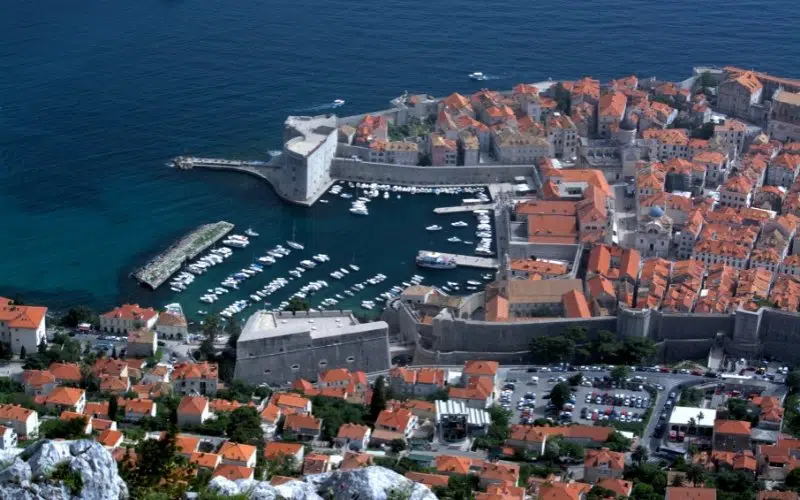
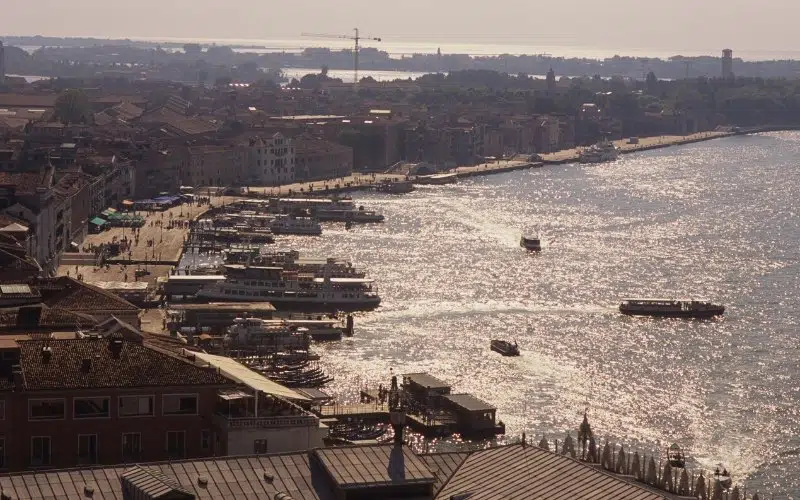
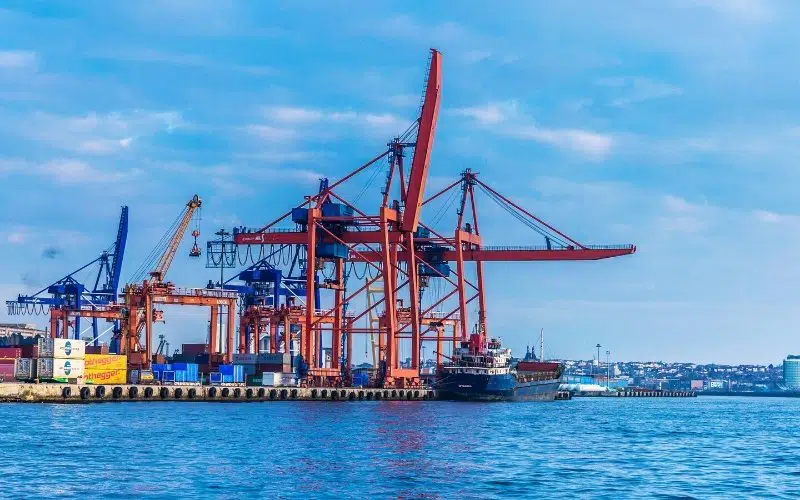
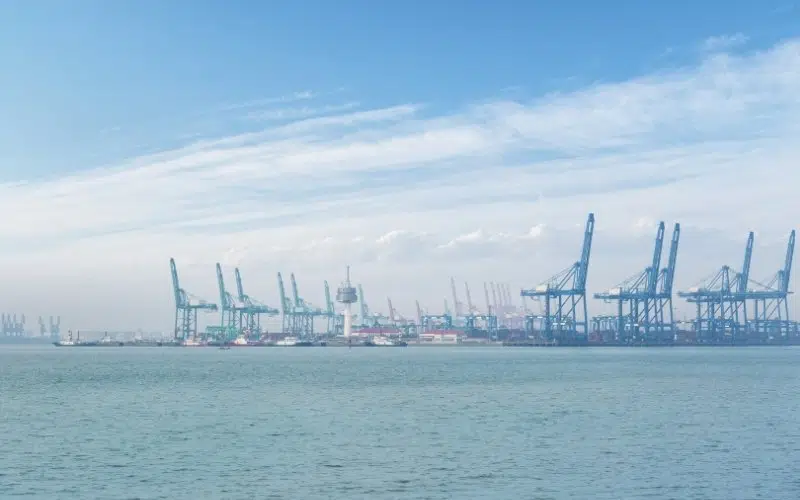
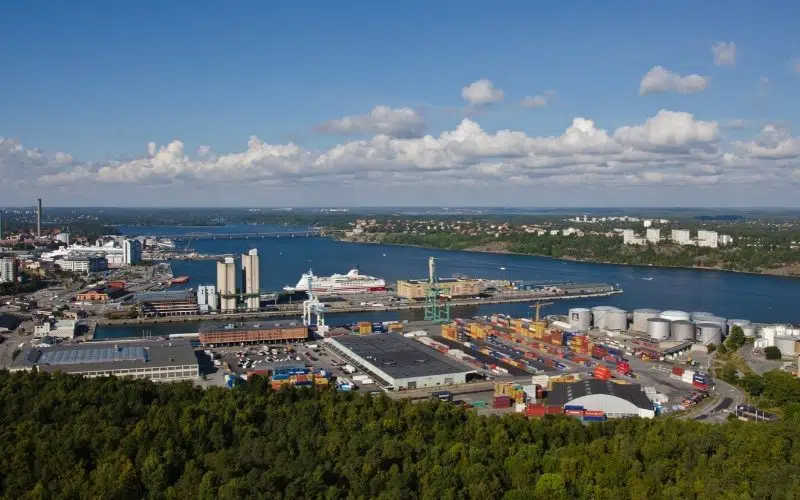
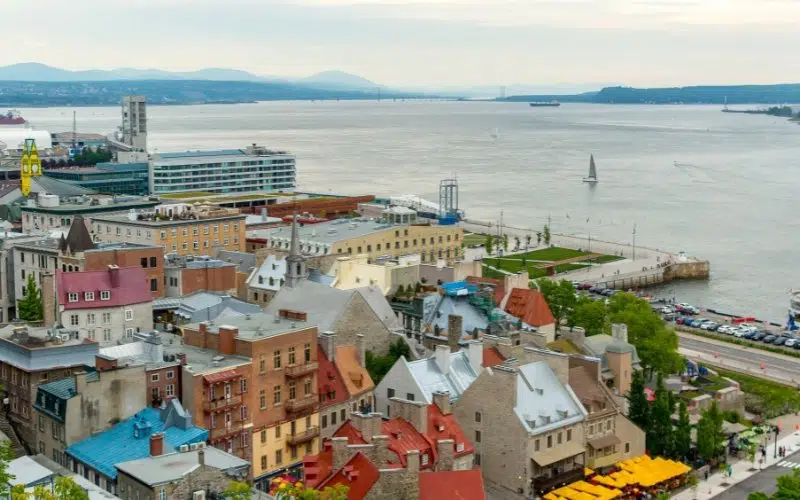
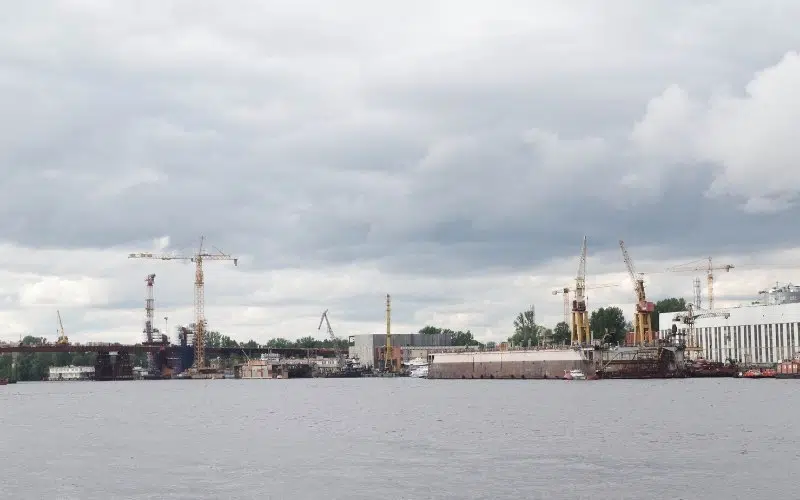
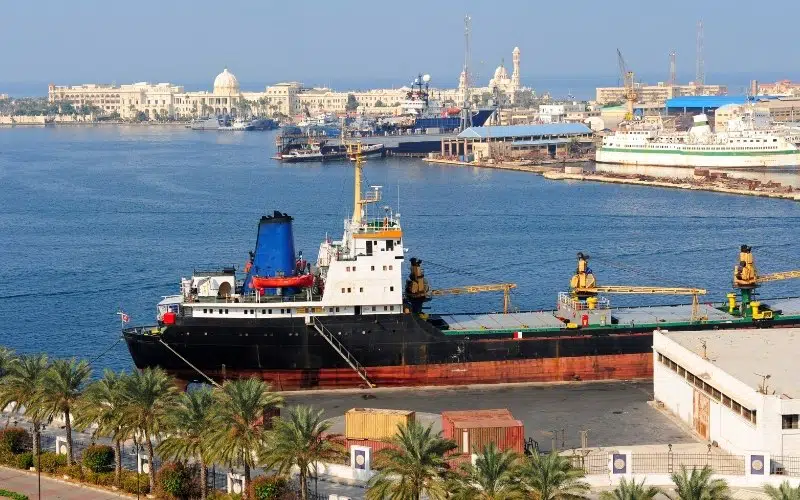
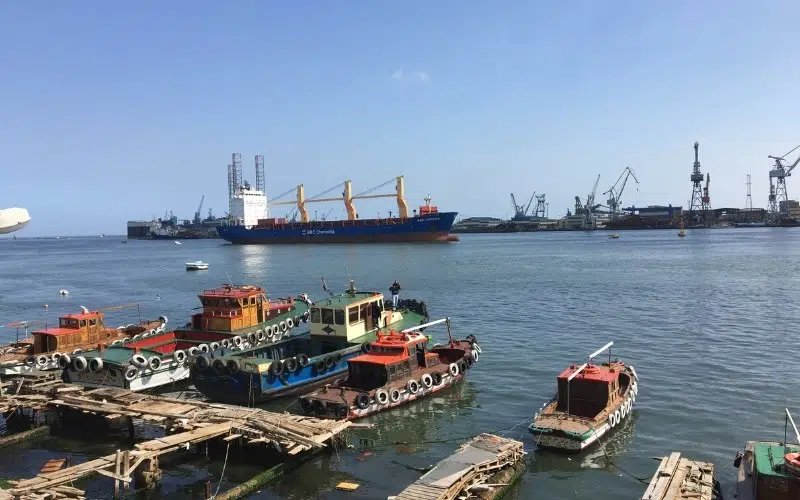
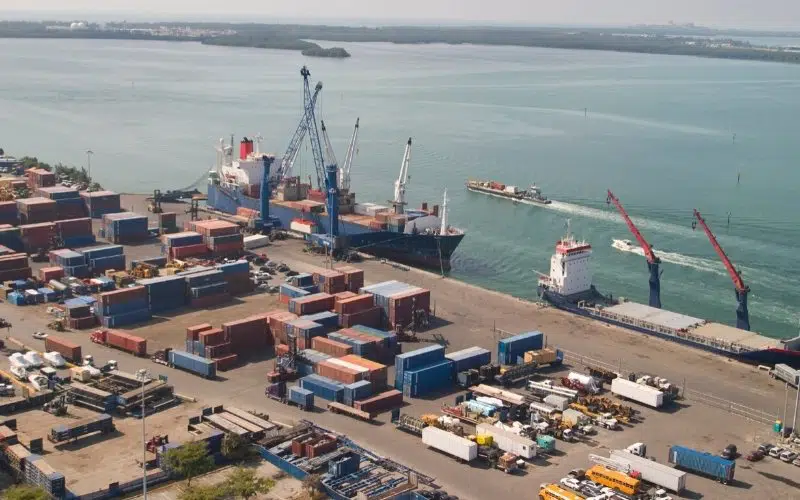

you have got to be joking come & have a look at sydney australia.
Hii. Its shikha my brother in shipping . And he is on port of said port of Egypt
Can you send me Egypt said port image or port information
NYC should make a better effort to preserve its seaport. These areas in this article do it well. NYC keeps letting commercialism take over completely.
why didn’t you mention the 5000 year old port of byblos
What about the Grand Harbour in Malta!! It should be with the top 5 at least
Which is the modern mystery Babylon?